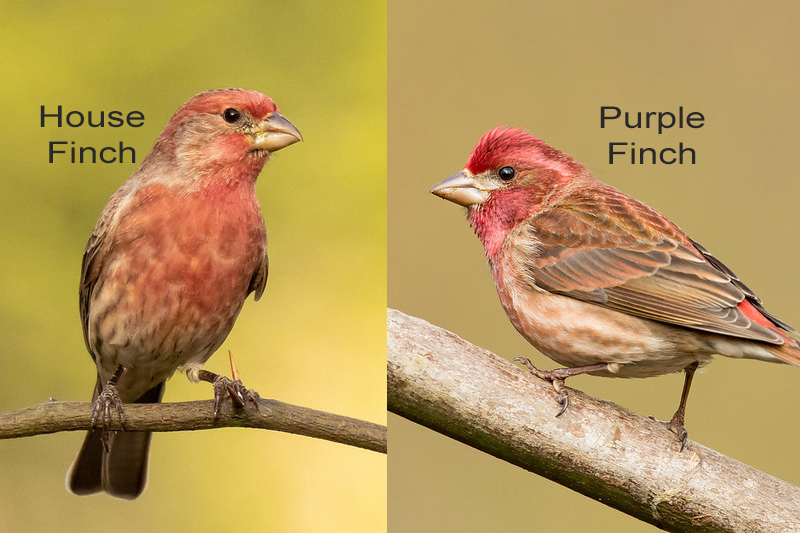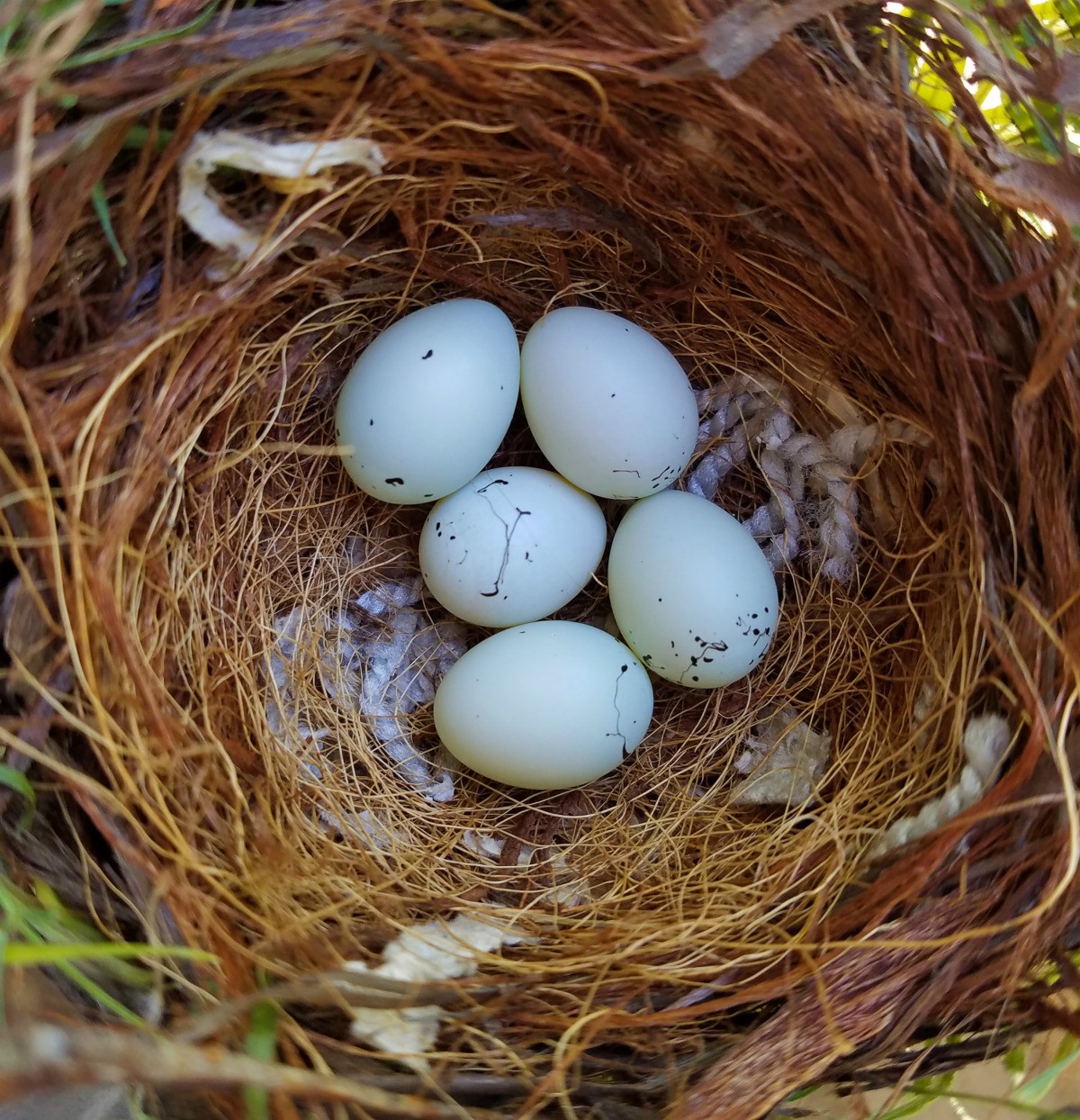
Many finches have notched tails but the house finch has only a shallow notch in its tail. The house finch is a relatively small bird with a longish, slightly notched tail, short wings, and a distinctively small bill with a curved culmen (the upper ridge of the bird’s bill). It is very common in suburban areas and is attracted in large numbers to seed feeders. The house finch has spread to a multitude of states and habitats across North America and Hawaii. It was introduced into eastern North America in the 1940’s via the release of cage-raised “Hollywood finches.” These birds quickly became established in the east and interbred with native purple finches (Elliot). It is native to western North America (All about Birds). The House Finch, ( Haemorhous mexicanus) is a bird in the finch family Fringillidae. Among the many ways he puts his birding expertise to use is by conducting webinars and the For the Birds mini courses for the center.Content for this page researched and created by Marcus Signore Joe Attwater is a teacher-naturalist for for Connecticut Audubon’s Roger Tory Peterson Estuary Center. You can help House Finches and the other birds at your feeder by cleaning your feeders and changing the seed regularly, which will help decrease the spread of disease.

This made them more susceptible to predators and exposure to the elements, and the disease can affect other bird species. They experiences a decline in 1994 caused to mycoplasmal conjunctivitis, which caused respiratory problems and red, swollen eyes. Their global population is estimated to be around 40 million, three quarters of which are found in the US. House Finches are common and widespread, and they have generally benefited from human development. In their native range further west they inhabit dry deserts, chaparral, and open coniferous forests. They often nest on buildings, streetlamps, and hanging planters. They are a familiar sight in parks, suburban neighborhoods, and urban areas, often mixing with American Goldfinch and sparrows. House Finches are a common visitor to bird feeders and do well in human-created habitats. Purple Finch on the left, with an immature House Finch. The red colors of the male House Finch comes from pigments in the food it eats, so sometimes the birds will appear more yellow or orange. In general, Purple Finches are stockier and have heavier bills.


Males House Finches also have more streaking on their flanks.įemale House finches have blurrier streaks and a less distinct facial pattern than female Purple Finches. Male Purple Finches have more extensive red on their necks and backs, while the red on a House Finch is more concentrated on the head and breast. But there are a few key field marks to look for to help differentiate them. House Finches look very similar to our native Purple Finches, which are far less common here than House Finches. They’ve been very successful, spreading across the entire eastern United States. House Finches are native to the western United States and were introduced to the east in 1940, when several birds were let loose on Long Island after failed attempts to sell them as pets. Listen for the jumbled song of the males, who may sing throughout the year. They’re rarely alone, traveling in small, noisy flocks. Photo by Len Blumin/ĪpThough year-round residents in Connecticut, House Finches become much more active in spring as they gear up for breeding season.


 0 kommentar(er)
0 kommentar(er)
